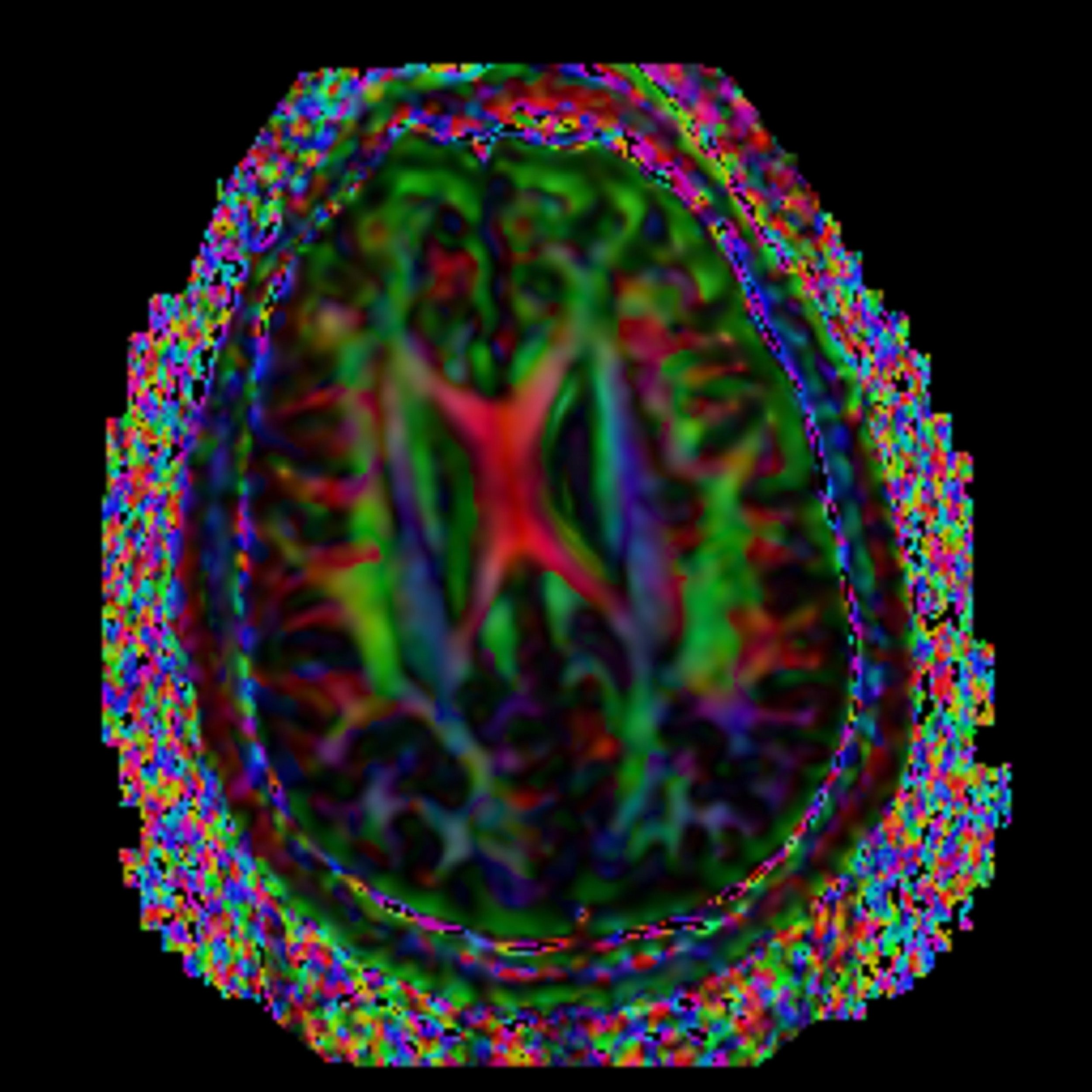CEREBRAL VASCULAR DISEASE OVERVIEW
What is a Cerebral (Brain) Aneurysm?
An aneurysm is a small bubble that forms on the wall of an artery, a blood vessel that carries blood to the brain. The aneurysm has a thin wall, compared to the thicker wall of a normal brain artery. This thin walled bubble is prone to rupturing.
What Causes Brain Aneurysms?
An aneurysm is the result of a weakness in the wall of a blood vessel. Most aneurysms occur without any known cause. High blood pressure and smoking are some factors that may cause weakness in the wall of an artery, leading to aneurysms.
Vascular Malformation
A vascular malformation is abnormal development and communication within blood vessels in the brain. There are different types of vascular malformations and they may include arteries that take blood to the brain tissue, veins, that take blood back to the heart, and capillaries that connect the two. Vascular malformations are usually present from birth and may stay the same size or grow with aging. Infrequently, vascular malformations can result, or become symptomatic, due to trauma to the brain. Vascular malformations can cause headaches, seizures, or bleeding in the brain. Some types of vascular malformations can be hereditary and affect more than one area of the body.

